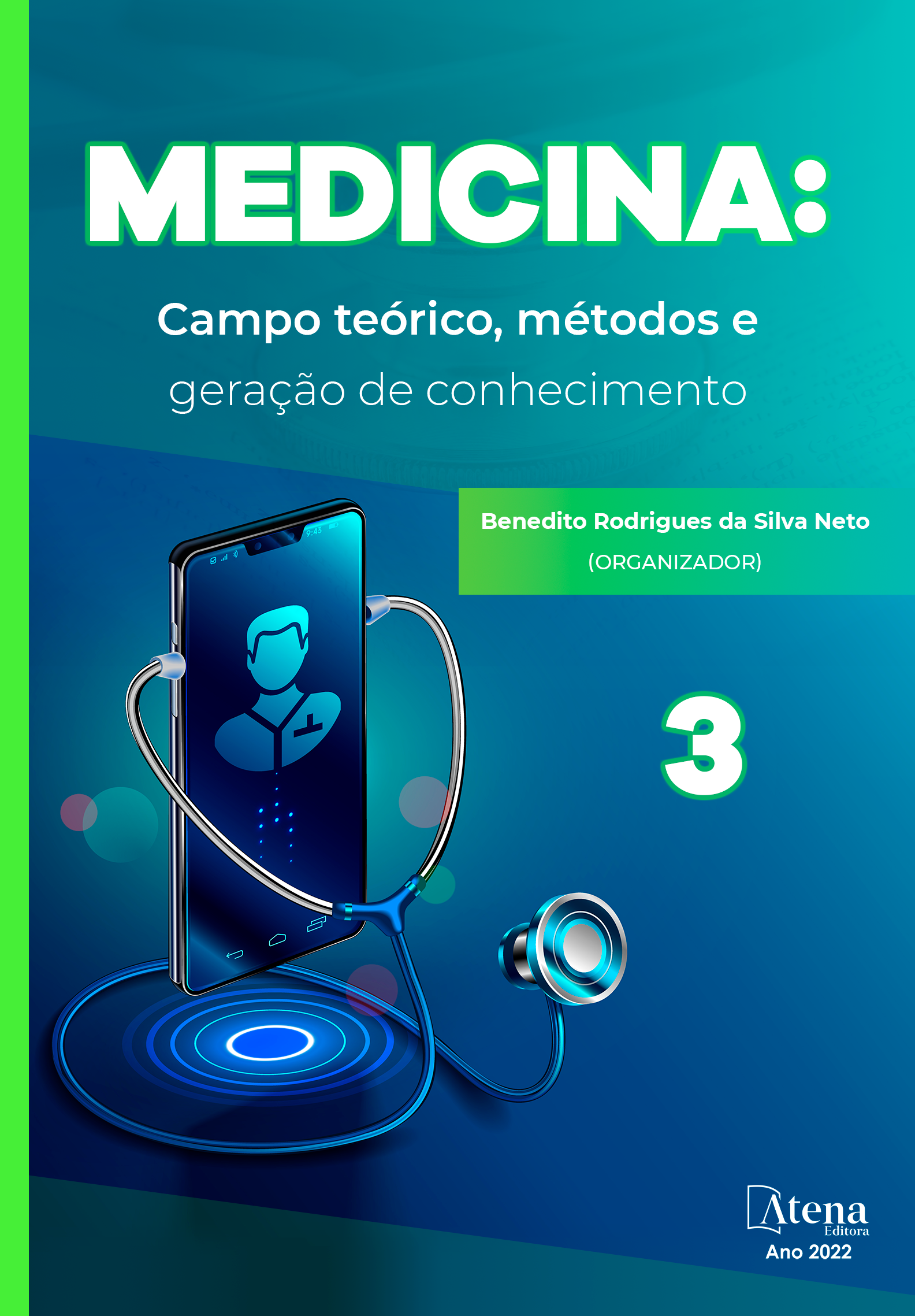
FRATURA TRANSFISÁRIA DO COLO DO FÊMUR APÓS CRISE CONVULSIVA EM UMA CRIANÇA DE 6 MESES: ESTUDO DE CASO COM SEGUIMENTO DE 12 SEMANAS
INTRODUÇÃO: Fraturas do colo do fêmur são raras em crianças, responsáveis por cerca de 0,5% de todas as fraturas pediátricas, usualmente causadas por traumas de alta energia com alta taxa de complicações. A classificação de Delbet pode ser utilizada para guiar o tratamento e sugerir prognóstico. A incidência da necrose avascular da cabeça femoral ocorre em até 40% das lesões do tipo I. O manejo dessas fraturas deve ser individualizado e o tratamento visa evitar a osteonecrose. OBJETIVO: Descrever um caso raro de uma fratura transfisária do colo do fêmur após uma crise convulsiva em criança de 6 meses. METODOLOGIA: Relato de um caso de fratura de Delbet tipo I em uma criança de 6 meses com 12 semanas de acompanhamento. RESULTADOS: Lactente, 6 meses, sexo feminino, sem histórico de trauma ou queda, após crise convulsiva, foi atendida com manejo anticonvulsivo adequado. Cessada a crise, apresentou dor à manipulação e limitação da amplitude de movimento (ADM) do quadril esquerdo. Ultrassonografia mostrou derrame articular e inflamação sinovial, iniciando-se antibioticoterapia por suspeita de artrite séptica. Após 10 dias de tratamento, seguiu com dor e limitação do quadril esquerdo. Ressonância magnética confirmou lesão ao nível da placa fisária, compatível com fratura Delbet tipo 1, demonstrando derrame articular e sinais de consolidação. Optou-se por tratamento conservador sem colocação de imobilização gessada, pois a paciente não apresentava quadro álgico nas manobras de mobilização. Seguimento de 12 semanas pós-fratura demonstrou boa remodelação, ausência de osteonecrose e adequada ADM. CONCLUSÃO: Optou-se por não intervir cirurgicamente após uma evolução de 10 dias da fratura devido à rápida consolidação consequente do alto potencial de remodelamento ósseo observado nesta faixa etária. Em razão da raridade do caso e da alta taxa de complicações, especialmente em fraturas de Delbet do tipo I, não é possível prever um desfecho favorável.
FRATURA TRANSFISÁRIA DO COLO DO FÊMUR APÓS CRISE CONVULSIVA EM UMA CRIANÇA DE 6 MESES: ESTUDO DE CASO COM SEGUIMENTO DE 12 SEMANAS
-
DOI: 10.22533/at.ed.3842228049
-
Palavras-chave: Fratura do Colo do Fêmur, Necrose Avascular, Fratura em Criança
-
Keywords: Fracture of the Neck of the Femur, Avascular Necrosis, Fracture in Children.
-
Abstract:
INTRODUCTION: Femoral neck fractures are rare in children, accounting for about 0.5% of all pediatric fractures, usually caused by high-energy trauma with a high rate of complications. The Delbet classification can be used to guide treatment and suggest prognosis. The incidence of avascular necrosis of the femoral head occurs in up to 40% of type I Delbet injuries. The management of these fractures must be individualized and the treatment aims to avoid osteonecrosis. OBJECTIVE: To describe a rare case of a transphyseal fracture of the femoral neck after a seizure in a 6-month-old child. METHODS: Report of a case of type I Delbet fracture in a 6-month-old child with 12 weeks of follow-up. RESULTS: Infant, 6 months old, female, with no history of trauma or fall, after a seizure, was adequately treated with anticonvulsant therapy. After the end of the crisis, she presented pain on movement and limitation of the range of motion (ROM) of the left hip. Ultrasonography showed joint effusion and synovial inflammation, initiating antibiotic therapy for suspected septic arthritis. After 10 days of treatment, she kept feeling pain and had limitation in her left hip. Magnetic resonance imaging confirmed a lesion at the level of the physeal plate, compatible with a Delbet type 1 fracture, demonstrating joint effusion and signs of consolidation. Conservative treatment was chosen without placing immobilization in a plaster cast, as the patient did not present pain in the mobilization maneuvers. A 12-week post-fracture follow-up demonstrated good remodeling, absence of osteonecrosis and adequate ROM. CONCLUSION: It was decided not to intervene surgically after a 10-day evolution of the fracture due to the rapid consolidation resulting from the high potential for bone remodeling observed in this age group. Due to the rarity of the case and the high rate of complications, especially in type I Delbet fractures, it is not possible to predict a favorable outcome.
-
Número de páginas: 7
- Vivian Pena Della Mea
- Rebeca Born Vinholes
- Laura Born Vinholes
- Gabriela Ten Caten Oliveira
- Caroline Maria de Castilhos Vieira
- Carolina Perinotti
- Carolina Della Latta Colpani
- Carla Cristani
- Camila Kruger Rehn
- Bárbara Oberherr
- Mairon Mateus Machado
- João Victor Santos


